As a destination for travel to Argentina, the northwestern region is frequently outshined by the elegance and sophistication of Buenos Aires or the glacial beauty seen on a Patagonia vacation. However, when it comes to gorgeous geological features, northwest Argentina defends itself well, and the region also boasts a deep and fascinating cultural history – the product of mixing between Spanish, Argentine, and indigenous or Andean influences.
Indeed, anyone who travels through the northwest of Argentina, as well as northeast Chile, Bolivia, Peru, and Ecuador will note unifying elements in regards to people, culture, artifacts, and architecture. An Argentina trip that starts in Mendoza and continues north to Salta and Jujuy provides insight into this captivating regional history, set amid a visual feast of incredible landscapes.
Mendoza
Readily accessible by air from Buenos Aires, Lima, or Santiago de Chile, Mendoza is the perfect starting point for a northern Argentina tour. The city feels like a laidback version of the Argentine capital and it’s easy to forget that it is smack in the middle of a desert. Mendoza offers an easy transition to the more rugged landscape that lies beyond its well-irrigated, tree-lined downtown area.
Within Mendoza, the cultural offerings include wine tourism and excellent dining options. For wine enthusiasts, the Fiesta Nacional de la Vendimia (National Grape Harvest Festival) occurs annually during the first weekend in March. During the rest of the year, there are several hundred bodegas (wineries) that offer world-class wine tasting and culinary options.
For the adventure traveler, the nearby Andes Mountain range will beckon, and there are abundant opportunities for mountaineering, hiking, cycling, horseback riding, and other activities, all within driving distance. From the nearby foothill community of Blanca Encalada, you can enjoy a 2-hour hike to Cerro Negro, a 6,800 foot (2,072 meter) mountain. Climbers can also try to tackle Cerro Aconcagua, 70 miles (112 km) from Mendoza, which, at 22,841 feet (6,962 meters), is the highest peak in the Americas. In the winter months, the nearby Las Leñas ski resort features excellent skiing options.
Salta
On the way to Salta, stop in La Rioja, a province host to Talampaya National Park, where you can find ancient petroglyphs dating from 10,000 BC, as well as stunning geological formations along the dry bed of what was once the Talampaya River.
Also within the park are the Cañon Arco Iris (Rainbow Canyon) and the Ciudad Perdida (Lost City). The amazing water- and wind-formed landscape can be appreciated on foot, horse, or bike.
Further north is Salta, the 8th largest city in Argentina and host to architectural treasures that bestow the city with an air of colonial charm. Around the city’s main square, travelers can find the Cathedral, the Cabildo (or city hall), and the Museo de Arqueologia de Alta Montaña, which houses the impressively preserved remains of 3 Inca children thought to have been human sacrifices in ancient indigenous rituals. A city tour of Salta includes visits to churches, convents, and other colonial monuments in the surrounding plazas and pedestrian streets. For panoramic views of Salta, a cable car takes passengers to the top of Cerro San Bernardo, which rises 1,400 feet (430 meters) above the city.
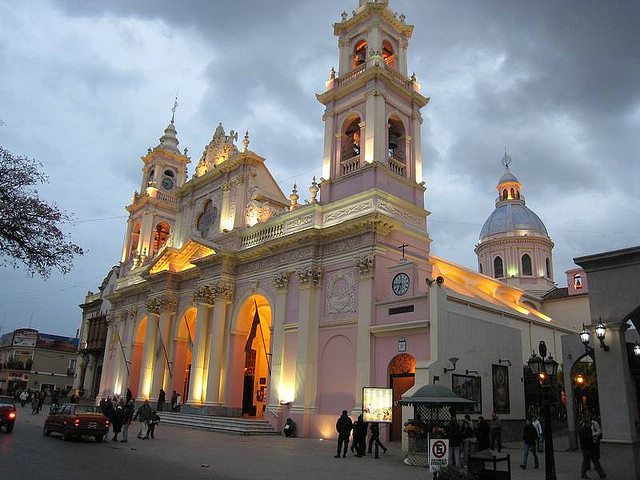
Salta, Argentina’s 8th largest city, bears a strong Spanish colonial influence most evident in its architecture.
Salta also provides a jumping off point for more outdoor adventures and sightseeing. The Tren a las Nubes (Train to the Clouds) is a popular 217km (135 mi) rail route that can also be traversed by car. Sights and stops along the way include Campo Quijano, Quebrada del Toro, the pre-Inca city of Santa Rosa de Tastil.
Jujuy
In juxtaposition to the heavy Spanish influence visible in Salta, Jujuy’s culture and population are more heavily Andean. Quechua and Aymara groups have a profound and visible presence and travelers that arrive during a carnival can appreciate this community’s rich and living cultural traditions. The nearby sites of Tilcara, Quebrada de Humahuaca, Paseo de los Colorados, and the Salinas Grandes (salt lakes) boast must-see landscapes as well as pre-Inca ruins dating back several thousand years.
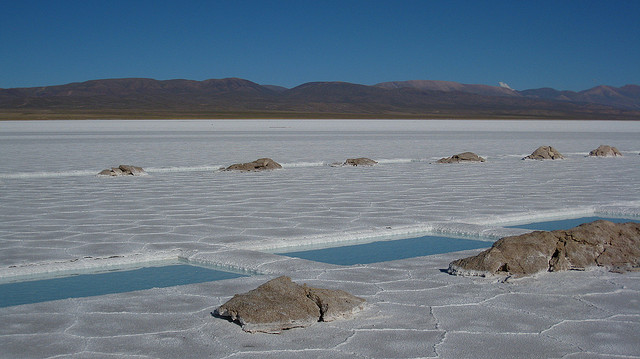
Jujuy’s Salinas Grandes provide a surreal setting of vast flat spaces bordered by foothills and interrupted by active salt mines.
From Jujuy, travelers can launch into further exploration of the region by venturing into Chile, Bolivia, or Peru. The region’s deep history and the remarkable vistas that it offers make it a worthy addition to any Argentina tour.
Anabel has been exploring the length and width of South America since 2010. Ditching preconceptions, settling into the local pace, and embracing the unexpected are the tenets of her philosophy of travel – and life.

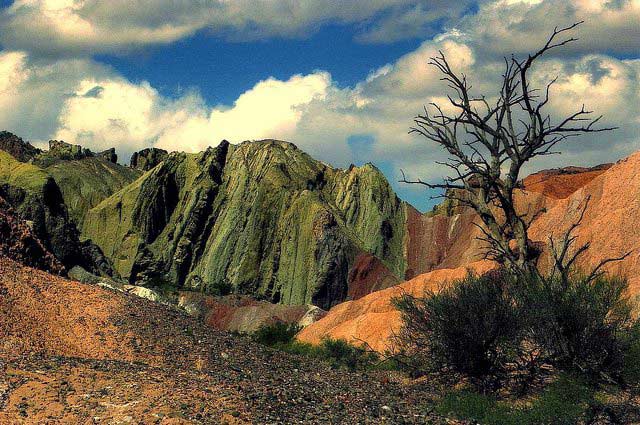

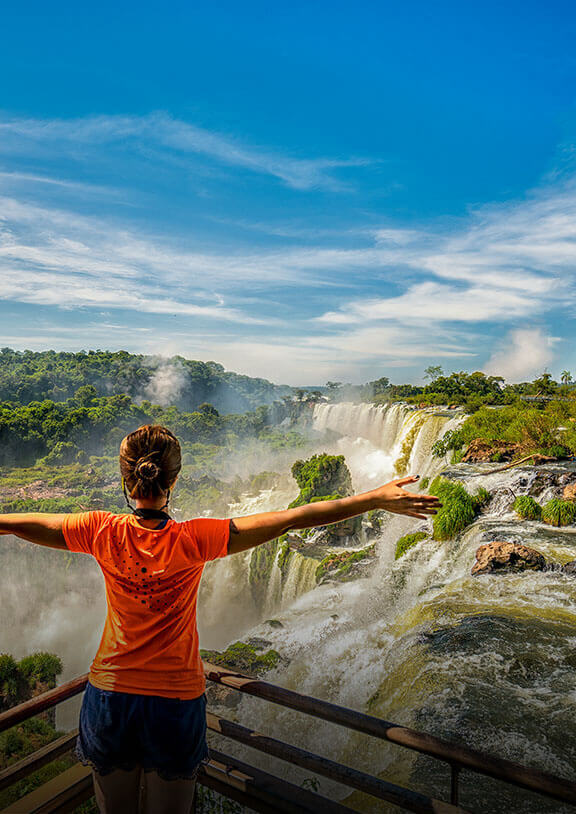
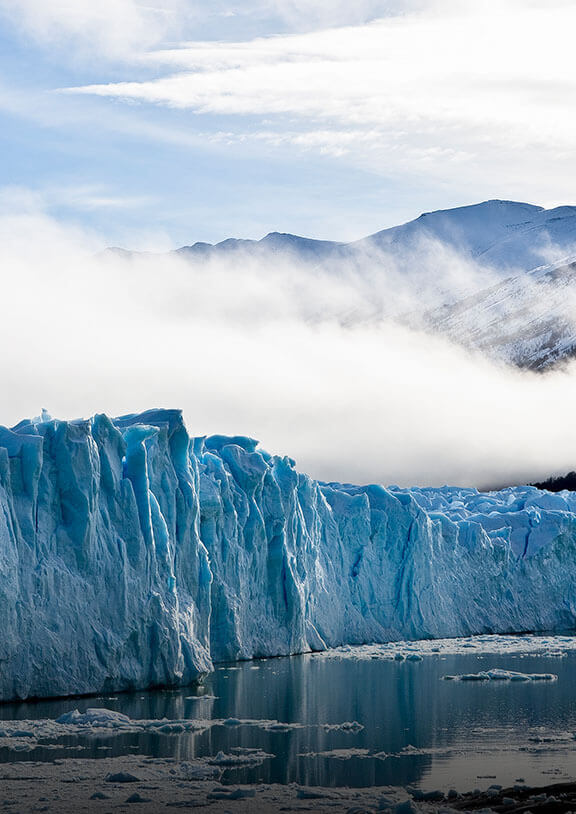
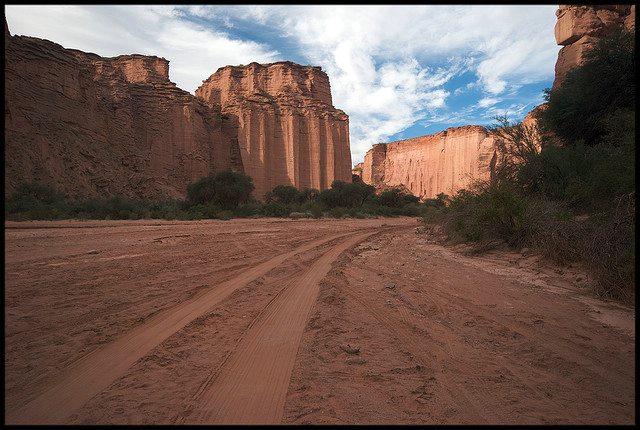
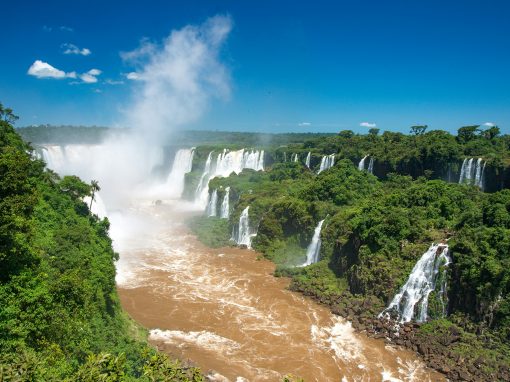


Pingback
tourism jobs
August 26, 2012 at 12:54 am
Good post! If you wanna to have a tourism jobs you need to find out a very good page…